In 1208 Chinggis Khan defeated the Naiman, and captured their Uyghur scribe Tatar-Tonga, who apparently adapted the Old Uyghur alphabet to write Mongolian. The alphabet created by Tatar-Tonga is now known as the Uighur/Uyghur Script, the Classical Mongol Script, the Old Script, or Mongol Bichig in Mongolian.
Between the 13th and 15th Centuries, Mongolian was also written with Chinese characters, the Arabic alphabet and a script derived from Tibetan called Phags-pa.
As a result of pressure from the Soviet Union, Mongolia adopted the Latin alphabet in 1931 and the Cyrillic alphabet in 1937. In 1941 the Mongolian government passed a law to abolish the Classical Mongol script, but since 1994 they have been trying to bring it back. It is now taught to some extent in schools, though is mainly used for decorative purposes by artists, designers, calligraphers and poets. The average person in Mongolia knows little or nothing about the Classical Mongol script, though there is high literacy in Cyrillic. In Inner Mongolian Autonomous Region of China the Classical Mongol script is still used.



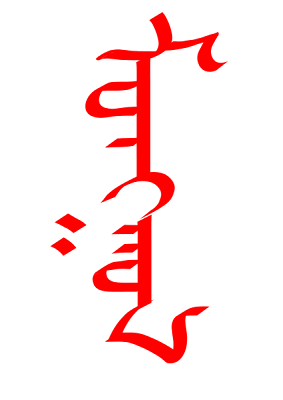
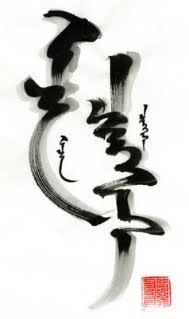

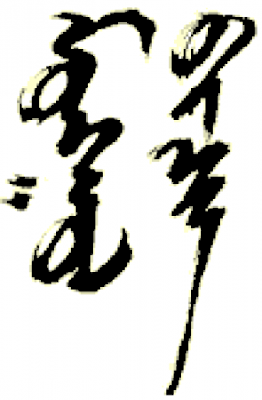
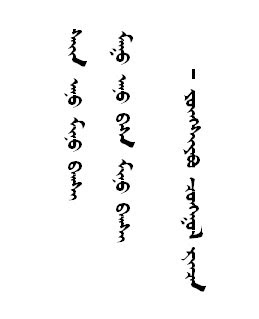
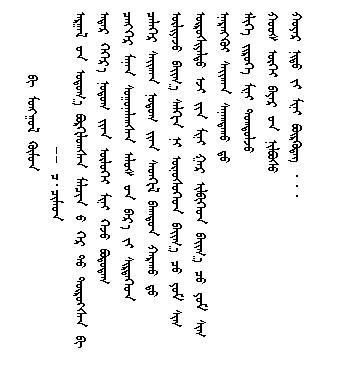


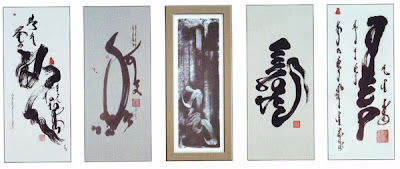


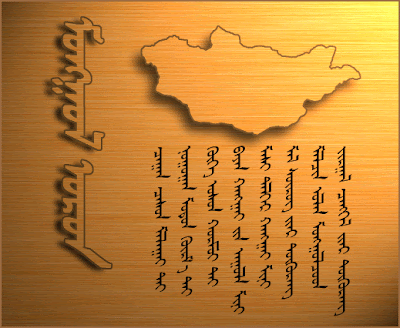







 Source URL: https://amywinehousedff.blogspot.com/2010/07/
Source URL: https://amywinehousedff.blogspot.com/2010/07/Visit Amy Winehouse for Daily Updated Hairstyles Collection























